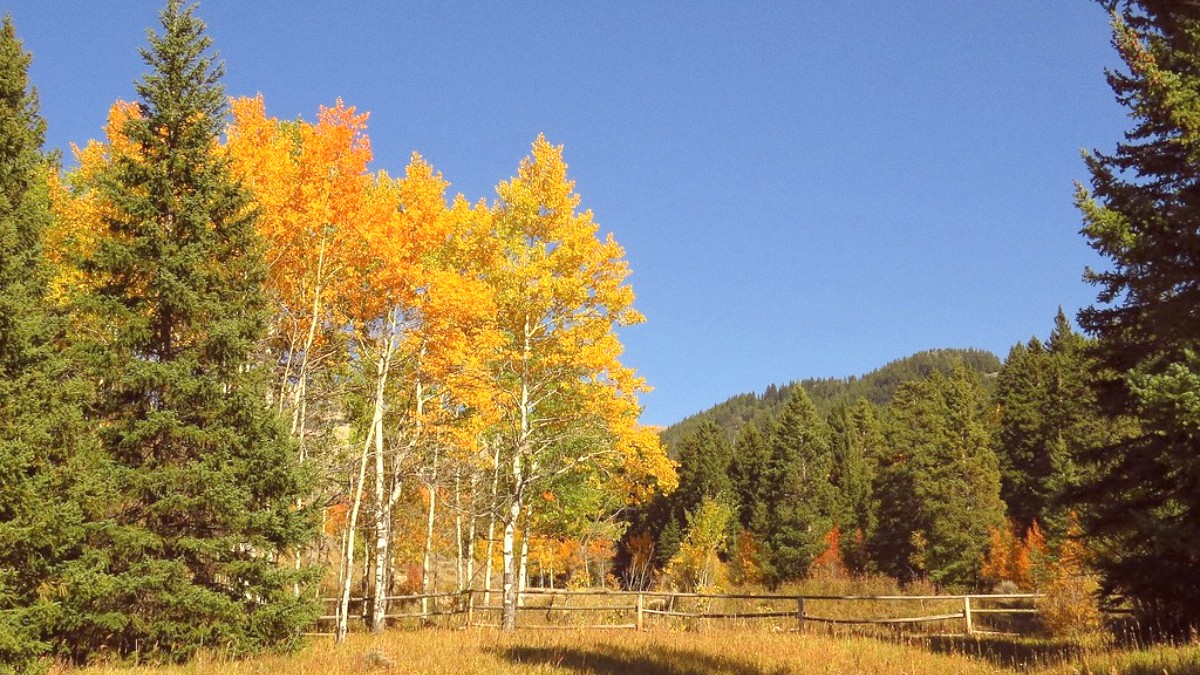
Wyoming, USA
While no major international airports are directly in the Bighorns, several regional airports and a major hub provide access.
No direct international flights reach these regional airports. International travelers typically fly into a major U.S. Hub and then connect or begin their drive.
Regional airports offer basic services, including car rental desks, restrooms, and small waiting areas.
A rental car is highly recommended for exploring the Bighorns effectively. Rental car agencies operate at all major and regional airports.
Taxis are available in Sheridan and Buffalo, but not reliably found in Bighorn National Forest. Ride-sharing services are not consistent in smaller Wyoming towns.
A valid driver's license from your home country or state. An International Driving Permit is recommended if your license is not in English.
The minimum age for renting a car is typically 21, though some companies may have a higher minimum or a surcharge for younger drivers. A major credit card in the renter's name is necessary.
A vehicle with good ground clearance is often useful. A 4x4 or AWD vehicle may be beneficial for remote roads. Proof of insurance is necessary; rental companies offer various options.
Driving serves as the most common and practical way to access and explore the Bighorn Mountains.
Major byways are generally well-maintained, paved roads. High-elevation sections, notably the Cloud Peak Skyway and Medicine Wheel Passage, close seasonally due to heavy snow.
Gas stations are sparse within the Bighorn National Forest. Plan to fill up your tank in towns before venturing into the mountains.
Within the Bighorn National Forest, and in the immediate vicinity of the mountains, there is essentially no public transportation.
No specific exit fees from the U.S. Beyond what might be included in your airfare.
Regional airports offer basic amenities for departing travelers, including restrooms and minimal food/beverage options.
Successful travel to and from the Bighorns relies on vehicle preparation and awareness of dynamic mountain conditions.